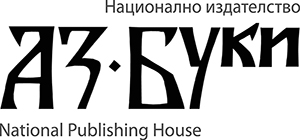Valentina Voinohovska,
Denis Asenov
University of Ruse
https://doi.org/10.53656/str2023-4s-8-dev
Abstract. Young people are the future of society and agents for social change. That is why it is so crucial to provide education that not only equips them with knowledge and skills but also changes their attitudes and behaviour towards sustainable development. The need for education that supports a more sustainable world has become more evident as it can enhance people’s lives and contribute to sustainable development. STEM education is described as an interdisciplinary approach to learning in which students use science, technology, engineering, and mathematics in situations that establish links between school, community, work, and the global enterprise, thus allowing the growth of STEM. The hands-on, interactive, and visualization-based learning experience that 3D technologies provide helps students take a more active approach to the academic material that they are studying. Students have access to 3D models that not only allow them to go more deeply into each subject but also make it much easier for them to retain their ideas.
Keywords: interdisciplinary connections; STEM education; 3D tools;
project-based learning; environmental education


